An exhibition of precious Māori taonga, curated by Associate Professor Ngarino Ellis from the University of Auckland and an expert team, is going on display at a German museum for six months.
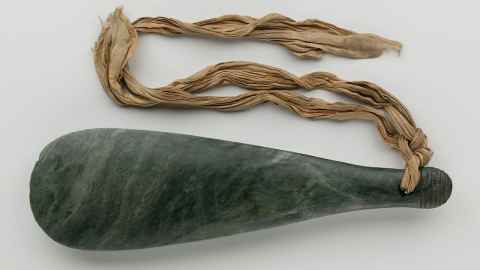
A rare wharenui (meeting house) made by Te Arawa (Rotorua), hei-tiki, pounamu, wooden and bone carvings, cloaks and other textiles will all be part of Across Time, Place and People, Whakawhananaungatanga Connecting tāonga Maori, an exhibition opening on 11 December at the Linden Museum in Stuttgart, Germany.
Associate Professor Ngarino Ellis (Ngāpuhi, Ngāti Porou) an art historian specialising in Māori art, says the museum has a permanent collection of more than 100 Māori treasures, of which the earliest would be from around the late 18th century through to some contemporary pieces, so the chance to curate an exhibition of this kind is "phenomenal".
"This is an extremely exciting opportunity for us which happened as a result of the Oceanic curator at the museum, who I met through another event, saying he had funding from the German government to do a project on provenance [a record of ownership of a piece of art or antique] and would like to have a coffee with me when he visited New Zealand on other museum business."
And they met pre-Covid around late 2019, where they discussed the museum's plan to create eight exhibitions from around the world called the Linden Lab, each focused on a different aspect of the museum's collection and to be curated by the people whose cultural heritage the pieces represented.
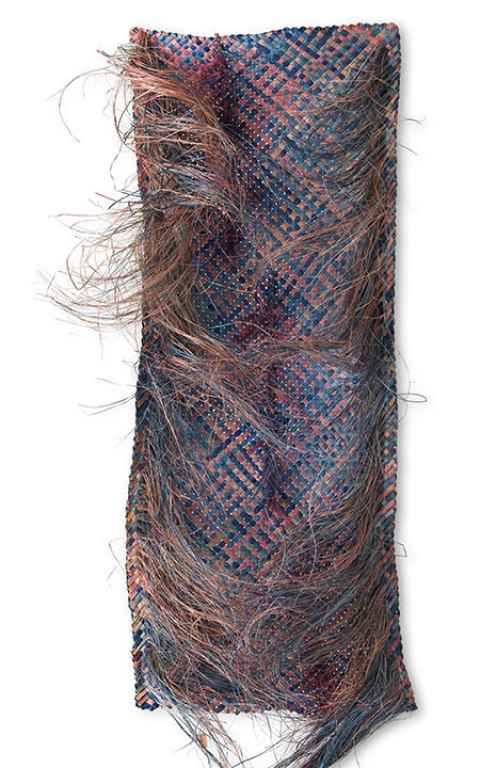
The team from Aoteaora is led by Dr Ellis and comprises Awhina Tamarapa (Ngāti Kahungunu, Ngāti Ruanui, Ngāti Pikiao) a museum curator and writer in the field of museum studies, Dougal Austin (Kāti Māmoe, Kāi Tahu, Waitaha) a senior curator Matauranga Māori at the Museum of New Zealand Te Papa Tongarewa, and University of Auckland doctoral student Justine Treadwell, whose PhD is on 18th century Māori cloaks in European collections.
Working within the overarching theme of whakawhananaungatanga [process of establishing relationships], each Aotearoa-based curator has a different area in the exhibition assigned according to their expertise.
Associate Professor Ellis will oversee a selection of whale bone carving, hei-tiki and waka huia (treasure boxes), Awhina Tamarapa is focusing on textiles, especially cloaks, greenstone expert Dougal Austin is looking at pounamu and Justine Treadwell is also mostly working with textiles.
How these taonga came to be in European collections in the first place is the subject of "lots of stories" and some controversy, says Dr Ellis.
"We don't know much about what is in collections of countries that don't have English as a first language; we know very little about what's in France, Germany or Italy for instance, and so there needs to be a lot of work done there."
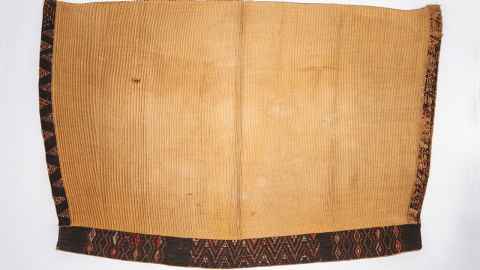
However Dr Ellis says it was common practice, before the Māori Antiquities Act of 1901 (amended in 1904, and created to stop the trade in Māori antiquities by insisting they be given to the New Zealand government or attract a fine of up to £100) for European collectors to go on worldwide expeditions for artefacts, acquiring them in deals that seldom reflected their true value.
"When the Prince of Wales (later to become King George V) came to New Zealand in 1901 on a royal tour, for example, people were surprised at the number of taonga that Māori were giving him to take back to England, and they said, 'Hang on what's happening here? This needs to be regulated', and that led to the passing of the Act."
At the turn of the 20th century, she says museums were just getting their Māori collections together and curators and collectors from places like Germany were coming to New Zealand looking for pieces because prices were becoming exorbitant in Europe and they knew how precious these items were.
"Collectors also realised Māori culture was changing very rapidly and the number of taonga from pre-European times was limited in number," says Dr Ellis.
From her point of view, the most exciting piece in the Linden exhibition is the wharenui.
"This meeting house was made in the late 19th century by carvers from Te Arawa who are known for their carving and weaving skills, as well as being traders and entrepreneurs."
Not only the pillars but the whole house is there, configured for public display.
"Te Arawa sold the house to collectors knowing their master carvers could always create another one. The same iwi also created the wharenui in Hamburg at the museum there, and another Hinemihi in southern England which is coming home soon."
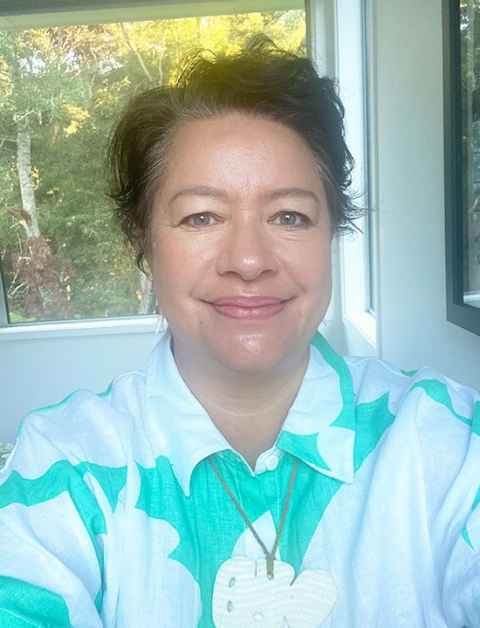
Dr Ellis says there's "a lot of willingness" by European curators and museums to welcome Indigenous researchers into their collections, but they often don't know who to contact.
"Up until the last couple of weeks [when three of the four curators from New Zealand have been flown to Stuttgart to oversee the exhibition's installation] we've been working remotely with a team of designers, curators and conservators who've been very welcoming. However due to Covid-related delays what was meant to be a two-year process has been squashed into five months!"
The exhibition itself will have a lilac and peach colour palette, with carvings at the entrance and instead of the usual wooden panels on either side of the meeting house, there will be big banners and painted panels with the poutama (genealogical ascent and descent) design.
There will also be videoed interviews with each of the New Zealand curators constantly playing (translated into German), a special dawn ceremony to open the exhibition attended by Ngāti Rānana travelling from London, a performance that evening, professional development workshops for museum staff, public workshops, and related books from Aotearoa on sale in the museum shop.
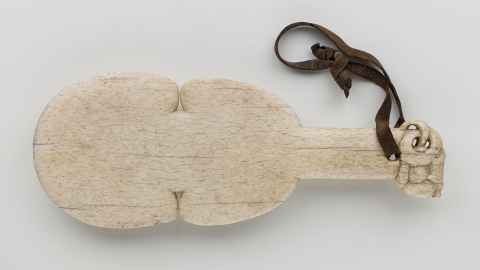
About the Linden Museum
The Linden Museum is a public, ethnological museum in Stuttgart, Germany which houses
cultural treasures from around the world, including South and Southeast Asia, Africa, the Islamic world from the Near East to Pakistan, China and Japan, as well as artefacts from North and Latin America and Oceania.
The museum traces its origins to the collection of objects amassed by the Verein für Handelsgeographie (Association for Trade Geography) in the 19th century. The museum's namesake is Karl Graf von Linden (1838-1910) who, as president of the Stuttgart Verein für Handelsgeographie, took an interest in assembling and organising the collection and invited explorers like Sven Hedin and Roald Amundsen to Stuttgart.






